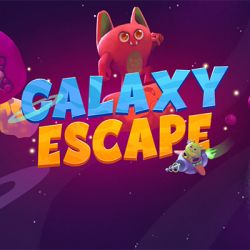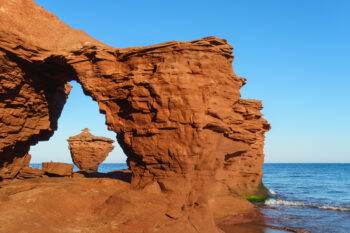Seafloor Spreading and Subduction Science Games
5 gamesIn this series of games, your students will learn about the topography of the ocean floor and the tectonic processes that cause it to constantly change. The Seafloor Spreading and Subduction learning objective — based on NGSS and state standards — delivers improved student engagement and academic performance in your classroom, as demonstrated by research.
Scroll down for a preview of this learning objective’s games and the concepts they drive home.
Concepts Covered
The seafloor is made up of volcanic rock called basalt that sits under layers of sand and other sediments. The basalt is made of magma that flows up where two tectonic plates move apart — or diverge — near the center of the oceans, forming mid-ocean ridges. These ridges are home to the youngest ocean crust.
The farther you travel from mid-ocean ridges, the older the ocean crust becomes. The oldest ocean crust is located in deep sea trenches closer to continents. Here, two tectonic plates move toward each other — or converge — with one diving under the other and being destroyed in a process called subduction.
The cycle of new seafloor forming and old seafloor subducting is extremely slow, with the plates shifting just a few centimeters per year. Because it takes a long time for the crust to move, the crust at the trenches is about 200 million years old!
A preview of each game in the learning objective is found below.
You can access all of the games on Legends of Learning for free, forever, with a teacher account. A free teacher account also allows you to create playlists of games and assignments for students and track class progress. Sign up for free today!











